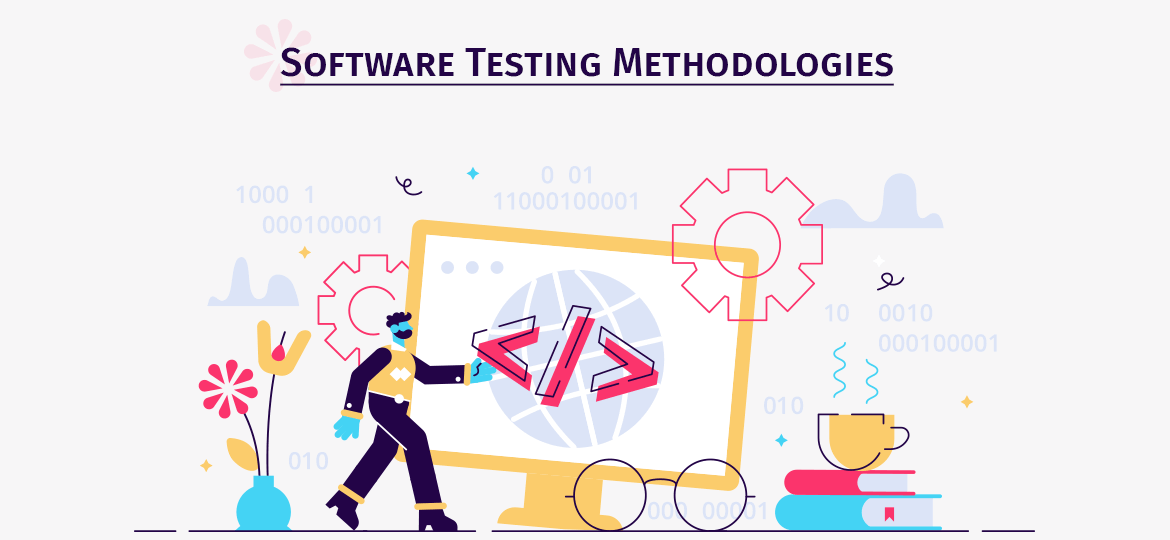
The testing process is an essential part of any Software Testing Company. A robust software product can be delivered using standard Software testing methodologies which help to predict the timeline of the software system. The software can turn even more complicated with many devices and platforms. It’s required to ensure that they meet specific needs which are installed and operated on the user’s machine.
What are the Software Testing Methodologies?
Software Testing Methodology defines strategy and testing types to meet client expectations. The methods of testing include functional and non-functional testing.
A few examples are unit testing, system testing, integration testing, performance testing, etc. The testing methodology defines the test objective, deliverable, and test strategy.
Software testing Methodologies are considered a set of testing mechanisms used in the software development lifecycle. Choose an appropriate test methodology that can be viewed as a core of the testing process. Let’s dive into understanding the testing techniques.
Testing Techniques
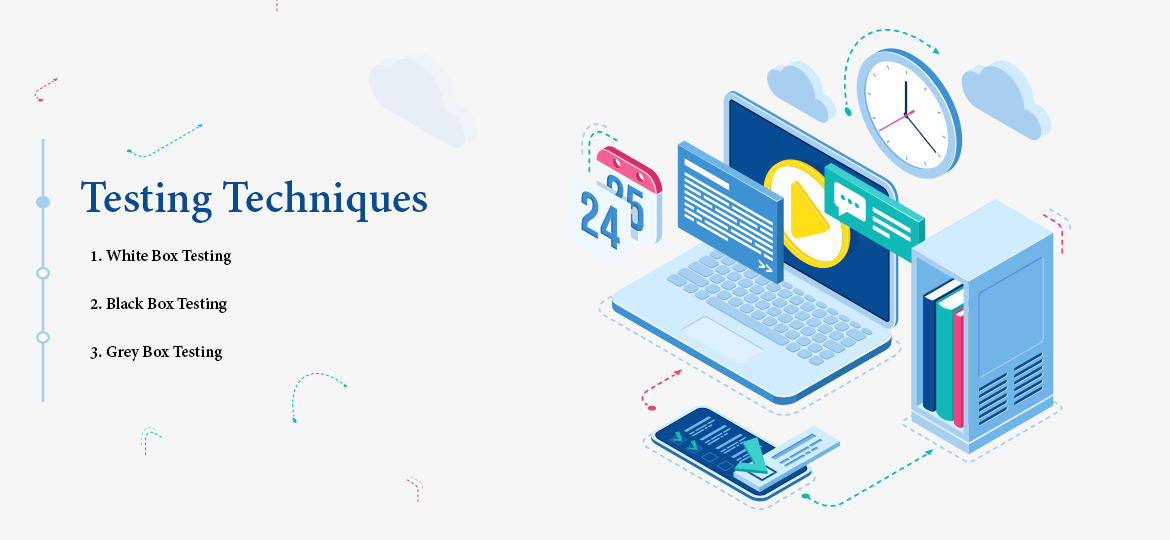
Three Methodologies of Testing are
- White Box Testing
- Black Box Testing
- Grey Box Testing
We’ll study each in brief for a better understanding of the methodologies.
1. White Box Testing
It’s a technique that examines the program structure and builds business logic. The code validates the program of an application, so it’s called exact box testing or open box testing. The technique includes- statement coverage, path coverage, and branch coverage.
2. Black Box Testing
It is mainly used to test the functionalities of an application based on the requirements needed. Same to white box testing, it does not focus on the application’s internal structure. The technique adds- decision tables, domain tests, boundary value analysis, state models, and exploratory testing.
3. Grey Box Testing
It’s a testing method with less information about the application’s internal structure. It performs like a black box, but for some critical areas, it can be used for white box testing. The techniques include- the waterfall model, v model, spiral model, agile model, and RAD.
Take a Closer Look at Each Software Development Methodology.
1. Waterfall Model
It’s a basic model of the life cycle developed by Winston Royce in 1970. It represents multiple stages in a sequential manner that flows progressively downward. The waterfall model is used when requirements are well-known, and technology is understood.
- Requirement Gathering
It’s a first step that allows us to analyze and capture all requirements. Make sure that the data is testable or not before using it. - System Design
Based on the requirements gathered, one needs to create and design a document. Later one can define hardware and software requirements. - Implementation
Now, based on system design, create robust code for documents as per the design and later integrate them. - System Testing
Using the integrated components, the phase performs to ensure that the system works as per requirements. Now track and report the testing progress. - System Deployment
If a system is stable with zero bugs, ensure the test criteria are met, and ensure the environment setup. - System Maintenance
Ensure your application works as per your requirements and within a suitable environment. If in case, there’s some defect then fix and deploy it in the environment.
1. Advantages of the Waterfall model
- It’s simple and easy to understandable
- It’s easy to handle at each phase with its deliverables
- It works well for small projects
- Overlapping stages can avoid
2. Disadvantages of the waterfall model
- Increase the amount of uncertainty and risk
- Do not work well with complex projects
- Not suitable if you’re requirements keep on changing
2. V Model
We can call the V model an extension of the waterfall model as the process takes place in a sequential style and is known as the verification and validation model. There exists a direct association in every single phase of the development cycle. The model is cost-effective and more beneficial than the waterfall model as the testing is performed at every stage rather than at the end of the cycle. It comes with three phases- the verification phase, the coding phase, and the validation phase.
1. Advantages of the V model
- It’s easy and simple to use
- Easy to manageable and suitable for small projects
- Overlapping is avoided and executed one at a time.
2. Disadvantages of the V model
- Same as the Waterfall model
3. Agile Model
It’s a model that shows an interactive and incremental approach. It uses the approach that breaks the model into different incremental units to provide iterations. The model allows each iteration to involve steps like planning, requirement gathering, design, coding, unit testing, etc. The agile model gives continuous iteration with the customer and takes feedback and requirements based on regular intervals.
1. Advantages of the Agile Method
- It uses a realistic approach to software development.
- Eliminates mismatch between requirements and test cases
- Suitable for long-term projects
- It requires a minimum amount of resources.
- Good for changing requirements
- Easy to manage and understandable
2. Disadvantages of the Agile Method
- It doesn’t work well for complex projects.
- It can increase maintainability risk.
- It requires a massive amount of interaction.
4. Spiral Model
The model works with the iterative development approach, systematic approach, and waterfall model. It works on an incremental model that emphasizes Risk analysis.
It comes with four stages – planning, risk analysis, engineering, and evaluation phase.
1. Advantages of the Spiral model
- It helps in avoiding the high amount of risk
- Rapid development
- Changes in requirements are accommodated with ease.
2. Disadvantages of the Spiral model
- Not suits for small projects
- It’s costly compared to others.
- It requires a high amount of risk analysis.
5. RAD model
RAD (Rapid Application Development) is one type of incremental model. It uses the approach where components are developed in a parallel manner. It uses a rapid approach gives the customer an immediate product and provides feedback. A few phases of RAD are- Business modeling, process modeling, testing turnover, and application generation.
1. Advantages of the RAD model
- The process can measure easily.
- It can increase reusability.
- It reduces development time.
- Get quick initial reviews.
- Enhances customer feedback
2. Disadvantages of the RAD model
- Comes with a high-cost estimation
- Need highly skilled resources
- With a modularized system, you can build using RAD.
How do choose the right software testing services?
We’ll find a lot of methodologies to choose from in software development. But when it comes to software testing methods, we need to consider our requirements, project size, budget, and scope. For smaller projects, it’s clear that the waterfall works well and benefits hugely. But if you have large projects, then agile methodologies have substantial benefits.
Functional Testing vs Non-Functional Testing
1. Functional Testing
Testing a software or application’s “Functionality” is called functional testing.
It examines how the software under test behaves. A software specification or requirement specification is used as a reference to test the application based on the client’s requirements.
On its basis, a set of test cases and test data are created. The software is then evaluated realistically to see if the outcome matches what was anticipated. This process, known as the “Black Box Method,” is manual and very good at detecting problems.
2. Non-Functional Testing
There are certain difficult aspects, such as an application’s performance, etc., and this testing verifies the software’s quality. Quality mostly depends on a product’s precision, stability, correctness, and longevity in a variety of challenging conditions.
In terms of software, a program is said to be reliable if it performs as expected by the user seamlessly and effectively in any circumstance. Testing under these conditions is crucial based on these characteristics of quality. Non-functional testing is the name given to this form of testing.
This type cannot be tested manually, hence some specialized automated technologies are used.
| Functional Testing | Non-Functional Testing |
| It examines how the application functions and behaves. | It examines how an application behaves. |
| It depends on the client’s requirements. | It is based on what the buyer could expect. |
| It aids in improving the way the application behaves. | It aids in enhancing the application’s functionality. |
| It examines how the product functions | Manually carrying out non-functional testing is challenging. |
| Business requirements serve as the foundation for functional testing. | It explains what the product accomplishes. The performance requirement is the foundation for non-functional testing. |
Wrap up
We would recommend using SDLC as soon as possible so as to catch bugs at an early stage and incorporate testing feedback into the design and build sets. Achieve better quality products and shift your focus towards making quality assurance your priority.
However, it’s your choice to choose single or multiple software developments that lie at the core of the testing process. We can call it a versatile activity that changes according to the business requirements and software given timeline. If you’re looking for a software testing company or want to hire QA engineers, then connect with us and let’s discuss your requirements.



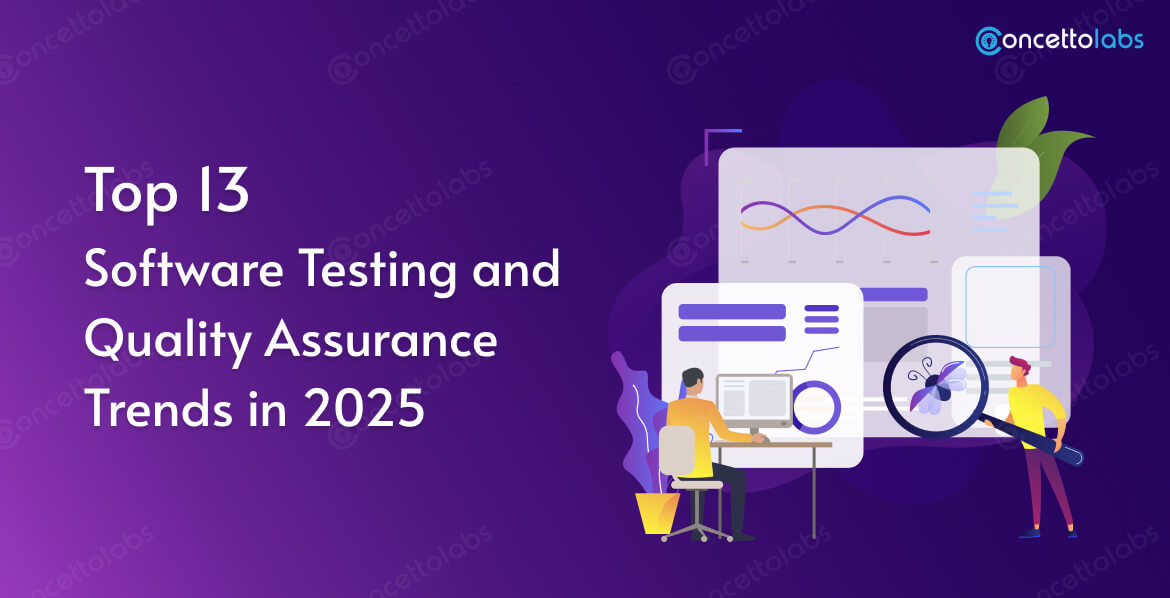
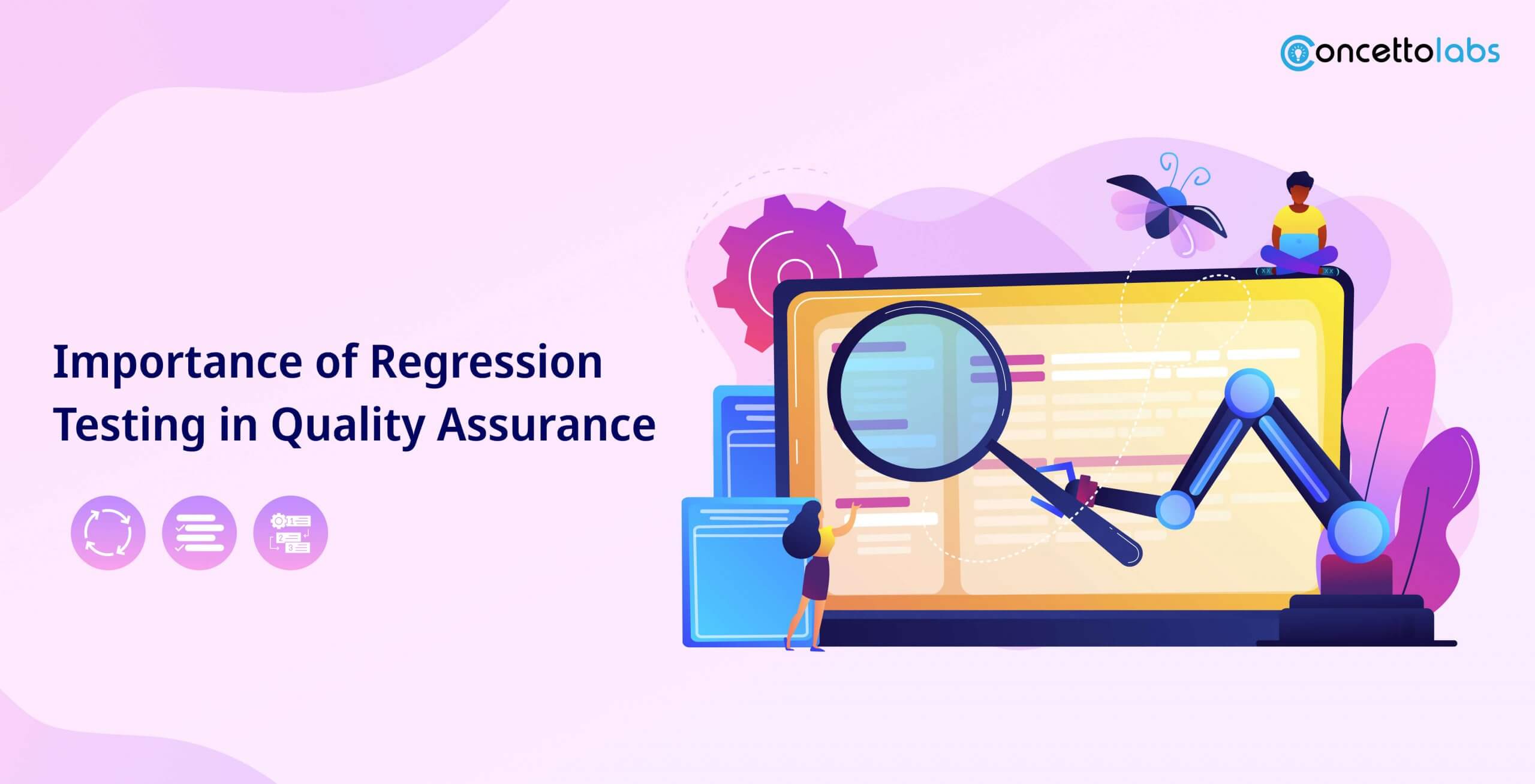





 Indonesia
Indonesia
 Botswana
Botswana
 USA
USA
 Italy
Italy
 Panama
Panama








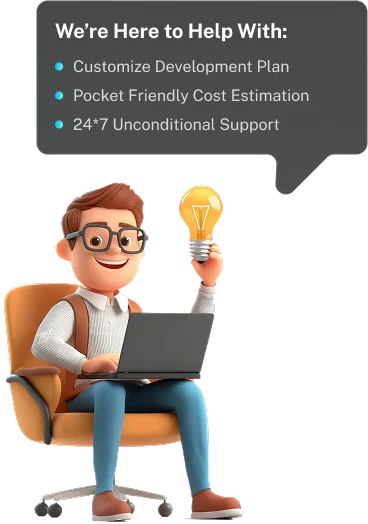
 USA
USA UK
UK Saudi Arabia
Saudi Arabia Norway
Norway India
India Australia
Australia